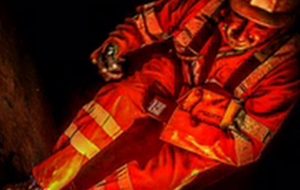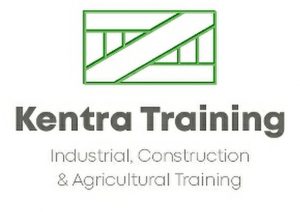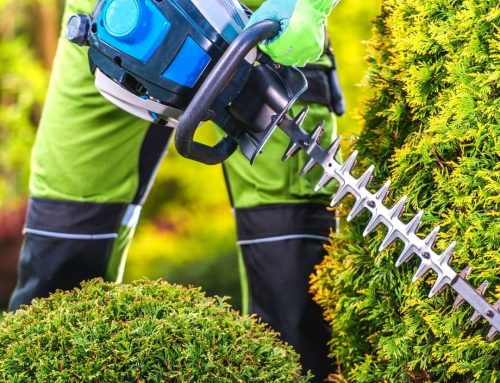Respiratory Protective Equipment is recommended for many different types of work activities, including RPE needed for safe power tool use. At Kentra, we deliver many courses from portable power tools safety training to great big dock yard cranes which all require the use of the correct PPE, but it is the health and safety courses regarding tool safety training which highlights the need to use the best and most adequate RPE.
So what is RPE?
RPE stands for Respiratory Protective Equipment, and is divided into two main types:
- Respirator (filtering device) – uses filters to remove contaminants in the workplace air , there are two main types:
- Non-powered respirators – rely on the wearer’s breathing to draw air through the filter
- Powered respirators – use a motor to pass air through the filter to give a supply of clean air to the wearer
- Breathing apparatus (BA) – needs a supply of breathing-quality air from an independent source (eg air cylinder or air compressor)
Both respirators and BA systems are available in a range of different styles, which can be put into two main groups:
- Tight-fitting facepieces (often referred to as masks) – these rely on having a good seal with the wearer’s face, (beards can cause problems with attaining this good seal and therefore a different mask maybe required). Tight-fitting facepieces are available as both non-powered and powered respirators and BA. Examples are filtering facepieces, half and full-face masks.
- Loose-fitting facepieces – rely on enough clean air being provided to the wearer to prevent contaminant leaking in (only available as powered respirators or BA). Examples are hoods helmets, visors, blouses and suits.
Tool and task
Their are many different tools and tasks where RPE use is recommended such as work activities which may result in harmful substances contaminating the air, these can be in the form of dust, mist, vapour, gas or fume. For example, when:
- cutting a material such as stone or wood
- using a product containing volatile solvents
- handling a dusty powder
- welding stainless steel
Workers may also need to work in areas where oxygen levels are or may become low, for example:
- confined spaces, such as a trench, silo or tank.
RPE is a particular type of personal protective equipment (PPE) designed to protect the wearer from breathing in harmful substances or from oxygen-deficient atmospheres when other controls are either not possible or insufficient on their own.

RPE shortages
- no longer need to use RPE
- can use RPE with a lower assigned protection factor (APF)
This must only be justified based on reduced risk, not the availability of RPE.
For some tasks, there may be no workable alternatives. Other tasks involving, for example, asbestos or respirable crystalline silica, will still require a respirator with an assigned protection factor (APF) of at least 20 even when using water suppression or on-tool extraction.
Reducing the risk without using your normal RPE
The HSE advise that if you cannot get your normal respirator, you should reassess the risks and work through the hierarchy in the Control of Substances Hazardous to Health Regulations 2002 (COSHH), for example:
- avoid working with the hazardous substance
- substitute the hazardous substance for one that is less harmful
- do the work in another way to reduce exposure
- put in place other controls to reduce exposure
In taking control measures, talk to your workers so you can resolve issues together. You could:
- use processes that generate less dust
- use local exhaust ventilation (LEV)
- use different respirators than normal that provide at least the same level of protection – consider loose-fitting powered helmets or hoods
- preserve your respirator supplies by using them in the right way and for the right tasks
- move people who are not doing the task away from the area to reduce the number of respirators needed
- organise work to reduce the number of respirators needed (use one worker for a series of jobs rather than several all needing respirators)
- group tasks needing respirators together, so they are done during one shift or day
Ensure respirators are only used for tasks where really needed. If you only have a limited number available, think about what must be done and what can wait.
If you improve control measures or use alternative ways of working, your risk assessment may show that you do not need RPE or can use a respirator with a lower assigned protection factor (APF).
Immerging from the pandemic
As we head along the Governments roadmap to normalcy, we highlight that the HSE recommendation is that RPE should be worn during all work activities which create a harmful substance contaminating the air.
RPE needed for safe Power Tool use
Below are some of the common power tools which while using can result in hazardous materials being released into the air surrounding the operator.
Power drill or masonry drill
– drilling brick and concrete as a main task
Cut-off saw
– cutting concrete slab or pavers
Handheld pneumatic breaker or jackhammer
– breaking out concrete
Core drill
– dry coring as main task
Angle grinder
– chasing and grinding concrete or mortar
Confined Spaces
Our medium risk confined spaces courses including training in the operation of Escape Set BA kits. As some confined spaces, such as a trenches, silos or tanks can be dangerous areas with limited air or contaminated air supplies.
We have attached a link to our Confined Spaces blog, ‘Everything You Need To Know About Confined Spaces Training’ with more details of the courses we can offer.

Training
We also provide training courses for the tools mentioned above including
- Small plant and portable tools (with NPORS registration available)
- Hand held power tools
- Wood working machinery
- Abrasive wheels – Angle grinders
- Abrasive wheels – hand held cut off saw
Competence in health and safety and passing on our training knowledge has been our goal for over 20 years, our instructors love to talk about hand and power tool safety tips. For more information on courses or the RPE needed for safe Power Tool use, please give the office a call on 01606 832 556 or drop us an email via our get in touch page, we can’t wait to help.
Thanks for reading, The Kentra Training Team








Leave A Comment